How to Get the Attention of a Travel Photo Editor
Cracking the ever-important relationship with a photo editor can make all the difference when building a career as a travel photographer.
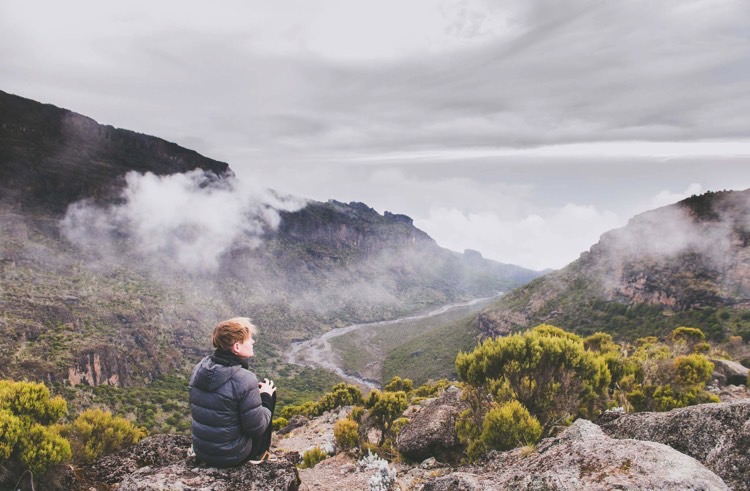 Photo © Nicola Bailey
Photo © Nicola Bailey
As both a travel photographer and the Photo Editor for the travel site adventure.com, I’m in the somewhat unique position of being able to view photography pitches from opposing sides. I look back at my often failed attempts at getting my work published in the early days of my career, and can now reflect with hindsight on everything I was doing wrong. Working as a photo editor has given me the experience to gain a rich understanding of what someone in this role wants from a photographer, and also importantly, what they don’t want.
Before building a relationship with a photo editor, it’s important to have an understanding of what it is they do. The role of the photo editor, or picture editor as they are sometimes called, will vary depending on the size of the publication they are working for (and therefore their budget), as well as the type of publication it is, and the type of content they need to create.
Generally speaking, the photo editor will work closely with the editors to identify photo needs, collect, review and choose photographs for publication, edit images, position photos within articles, negotiate licensing agreements and fees and allocate and coordinate photography assignments.
Instagram and the proliferation of travel bloggers would make you think that the travel photography market is saturated, however, there’s still a demand for high-quality travel imagery. With so much content now digital, photo editors are under the pump to upload a daily continuous stream of unique, quirky, awe-inspiring or helpful travel content. We more than just welcome pitches from travel photographers; we need them. If we can build a relationship with a photographer to work with regularly, then that’s ideal. It makes our jobs easier and means ongoing work for you.
So, what are the tricks to creating and maintaining a good working relationship with a photo editor? Read on to find out:
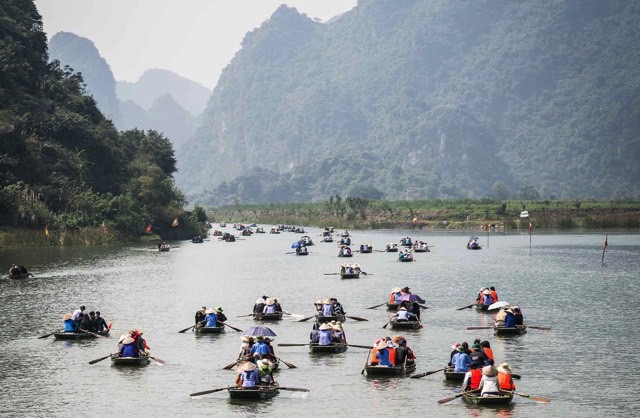
Learn to pitch well
The pitch is often the first way the photo editor will find out about you. They receive a lot of pitches and it’s important yours is to the point and addresses everything they need to know. Research the publication before sending your pitch; don’t, for example, suggest a slideshow of images if the publication only ever does long-form visual narratives.
Typically include no more than a couple of paragraphs explaining your suggested feature, and ensure there is some kind of a hook. It isn’t enough that you’ve been to India and we don’t want a day-by-day account of your trip. We want to know what interesting visual stories you discovered while there. Once you’ve got your paragraphs, include sample images for the photo editor to look through. If you’ve been published before, it also helps to send links to previously published work.
Do what is asked of you
So your pitch has been approved, hooray! Typically the photo editor will then send you a brief that summarizes the piece you’ll be doing, provides a content deadline, sends you a licensing agreement to sign, and asks for content to be provided in a particular way. The photo editor has developed this format because it works best for them, and so if you want to develop an ongoing relationship, it’s best to help them out.
So if they ask for photo captions in a particular format, send them that way. If they want images sized a certain way, do that. Also, if they have set a content deadline, it will be linked to a whole schedule of other content going up on the site and on social networks etc. If you fail to deliver, it can really throw a spanner in the works. Sometimes things do come up and that’s okay, just be sure to discuss them sooner rather than later.
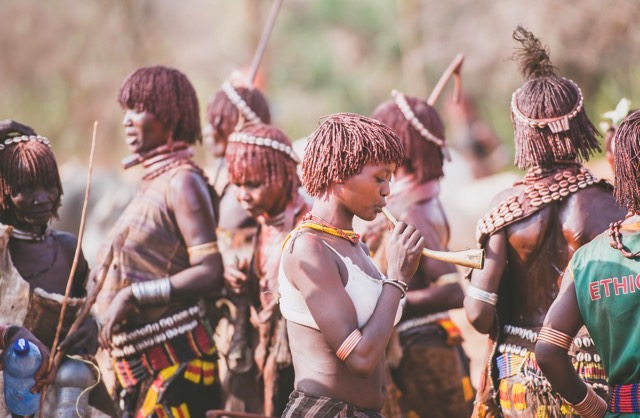
Carefully curate and edit your images
When sending through your images, make sure these are carefully curated, tell the story you’re pitching and show consistency with your shoot style and editing.
For me, in a travel feature, I like to see a combination of landscapes, portraits and details to create visual interest though obviously, this may vary depending on the piece. Your editing should be consistent across all images; we don’t need to see that you’ve experimented with every preset in Lightroom.
When sending through your images, the photo editor should guide you on how many they expect, but in the event they don’t, choose carefully. Don’t send your best 100; cull to perhaps 20 of the strongest images that tell the story most effectively.
Before sending them off, check the metadata and make sure all the relevant information is in there; caption and copyright info in particular.
If you have a suggested layout for your photo feature, it can often be helpful to send it through. It demonstrates your vision for the visual progression of your story and shows us photo editors that you're keen to make our jobs easier.
Promote, promote, promote
Finally, all sites want features to generate as much traffic as possible and so if you share the feature widely through your own networks, it helps. It shows us that you are proud of your work and committed to working with us.
Related articles
Simple and flexible travel insurance
You can buy at home or while traveling, and claim online from anywhere in the world. With 150+ adventure activities covered and 24/7 emergency assistance.
Get a quote
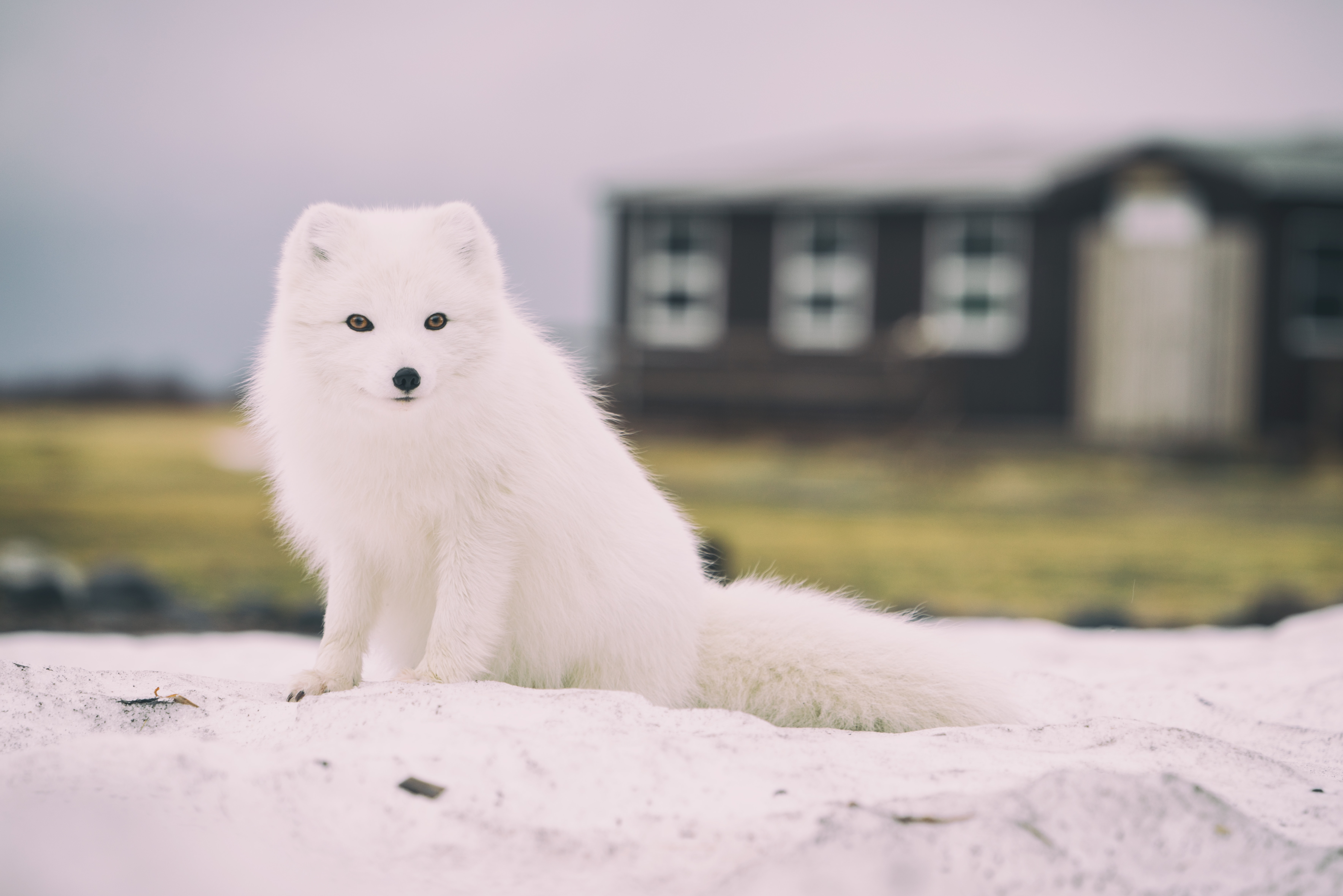
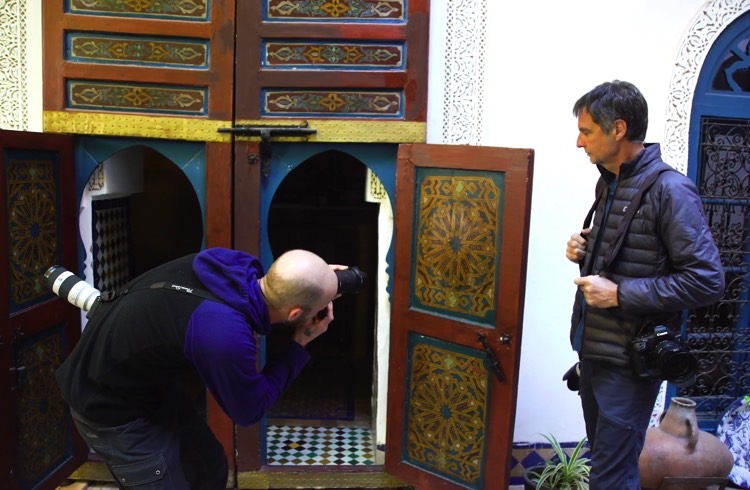
No Comments